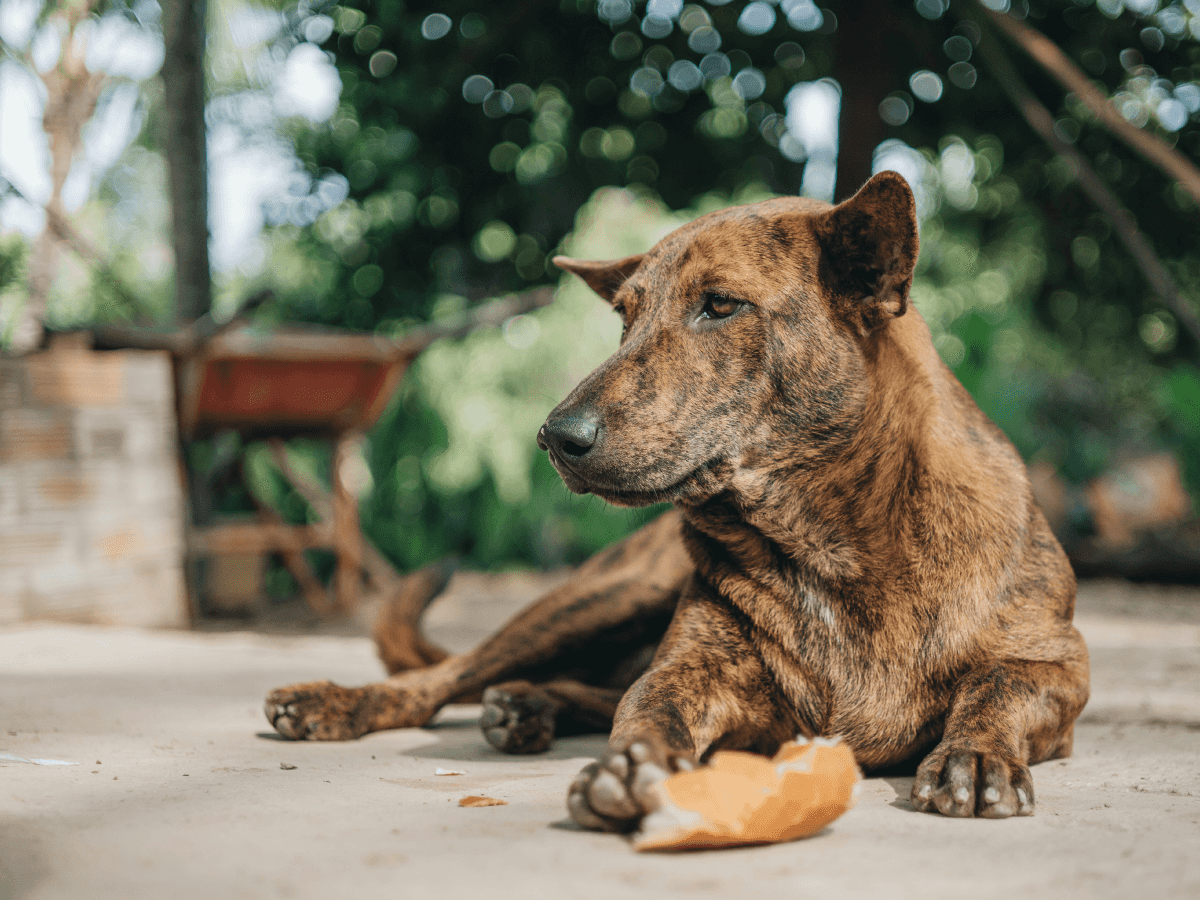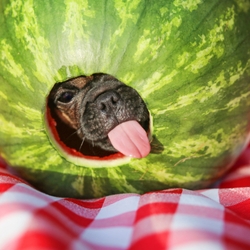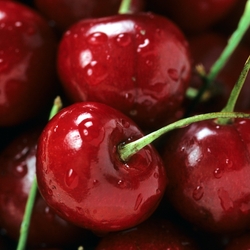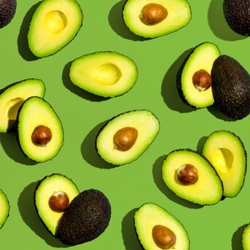
Can Dogs Eat Bread?
If you have ever wondered what foods are safe for your doggo to eat, you’re not alone. Let’s find out if dogs can eat, should eat, and safely eat bread.
Whether you’re eating a warm piece of toast with jam in the morning or enjoying a slice of french baguette alongside a charcuterie board, there’s no question that bread adds a lot to our lives.
It’s natural to want to share that joy with your canine friend, but is it safe? Can dogs eat bread? Finn has all the answers you’re looking for.
Can I Feed My Dog Bread?
Before we dig into the small details, let’s answer the overall question — can dogs eat bread?
The short answer to that question is yes. If you’ve got a small piece of white or wheat bread in your hand, ask your dog to sit and go ahead and give it to them (as long as they don’t have a wheat allergy, that is!).
In most situations, and as long as you’re feeding your dog only small amounts of basic bread in moderation, you won’t be doing any harm to your pup.
Unfortunately, just like most things in life, it’s rarely that simple.
Is Bread Healthy For My Dog?
While it may be ok to feed your pup tiny bites of bread occasionally, that doesn’t mean that it’s the healthiest choice for them.
The same risks that humans experience with a carb-heavy diet also apply to our furry friends. When you make bread a regular part of your pet’s diet, it can significantly increase their risk of obesity.
In turn, obese dogs have a much higher likelihood of developing heart problems, joint tension, and other serious health conditions. Veterinarians already consider pet obesity an epidemic, so anything you can do to keep your dog slim and trim can improve and even extend their lives.
Bread may pose an additional threat to dogs who have been diagnosed with metabolic health issues. Due to its high glycemic index, bread may cause your pup’s blood sugar to spike, making it more difficult for you to control their diabetes.
Avoiding bread is one sacrifice they’ll just have to make, but don’t worry, they won’t even know! Because our pets can’t tell us when their own blood sugar levels are too high or too low, it’s up to us as owners to help them eat right so they can thrive.
Are There Other Good Uses for Bread for My Pet?
If your dog is experiencing tummy troubles, a small amount of white bread may be able to soak up some of the excess stomach acid and give them some temporary relief.
Don’t go overboard, though, and always ask your veterinarian if this would be helpful in your pet’s specific situation. If your dog’s stomach really hurts, they are likely to decline a treat like bread.
Instead of bread, your dog may benefit from a temporary bland diet. Plain white rice with boiled chicken is often a much better choice than filling them with bread.
If your dog seems prone to stomach discomfort or inconsistent poops, you may want to consider adding a probiotic to their regimen. Probiotics help to keep the vital microflora in your dog’s gut as balanced as possible, helping to support a robust immune system and a more efficient digestive process.
What Bread Should I Avoid Feeding My Dog?
Even when feeding your dog bread in moderation, there are still a few ingredients to look out for. These foods, even in tiny amounts, have the potential to be very dangerous or even deadly for your pet, so make sure to read the ingredient list thoroughly if you’re unsure.
Raisin Bread
As delicious as raisin bread is, it’s a treat best enjoyed by humans. Raisins can trigger kidney failure in dogs, and even a few raisins can put a dog in the animal emergency room. What makes raisins even more dangerous is that the actual toxic substance behind that reaction is still unknown, so it’s very, very hard to treat properly.
Garlic Bread
Another bread that you should avoid giving to your dog is garlic bread. Garlic, as well as onions and chives, can upset your dog’s stomach. In a worst-case scenario, if your pet eats too much garlic, it can lead to damaged red blood cells and anemia.
Chocolate Bread
Chocolate is another ingredient you should look out for. When it comes to chocolate making an appearance in bread, it isn’t just the obvious sources you need to avoid. Even an ordinarily benign bread with dark chocolate chips can be potentially fatal, especially if you have a smaller pup.
While any chocolate can be dangerous, dark chocolate and baking chocolate are the most toxic. That is because they contain the largest amount of theobromine, a compound present in chocolate that functions similarly to caffeine and is toxic to dogs.
That doesn’t mean that milk chocolate is “safe,” just that your dog would have to eat more of it before any adverse effects occur.
Breads That Contains Nuts
While some nuts, especially peanuts (mostly in the form of peanut butter), are safe in small amounts, other nuts can be unsafe. Almonds, pecans, pistachios, and walnuts are all more “fatty” in nature, so ingesting them can make your dog’s belly very uncomfortable.
Macadamia nuts are even more dangerous, leading to weakness, tremors, and hyperthermia. Unfortunately, these symptoms may take up to 12 hours to show up, so it’s essential to consult your vet if you suspect your dog may have gotten into any so they can be proactive in treatment.
Other Dangers of Bread Dough
Although you wouldn’t likely feed your dog bread dough on purpose, accidents happen. If you’re one of the many people who have picked up a bread-making habit, and you have a cabinet surfer for a pet, it’s essential to be aware of the added danger of your dog eating uncooked bread dough.
The true culprit of this danger is the yeast involved in making the bread. The dough will continue to rise, even in your pup’s stomach, leading to discomfort or an even more severe condition known as “bloat.” Bloat (referred to as GDV) is always an emergency, so head straight to your emergency vet if your dog is trying to throw up without getting anything out (i.e. retching) or has a swollen, almost hard, bloated belly.
Additionally, the chemical process that the yeast goes through to help it rise also releases ethanol as a byproduct. Unfortunately, when ethanol is released into your dog’s system, it can very quickly lead to alcohol toxicity, a potentially fatal condition.
Regardless of how comfortable your dog may seem, you should always seek veterinary attention for your pet if you suspect that they have taken even a nibble of raw bread dough.
The Importance of Keeping Your Dog Healthy
It may be fun to give your dog bites of your food, but doing that too frequently can lead to issues down the line.
Remember, any time you give your dog a treat, you may unintentionally teach them bad behavior. When it comes to food, that behavior is often begging. An excellent way to counteract that is by asking them to perform a behavior, like “sit” or “shake,” before giving them their snack.
Instead of feeding your dog carb-heavy bread, there are other healthier “people food” snacks that your dog is likely to love just as much.
Here are a few of our favorite options:
- Raw carrots
- Small amounts of peanut butter
- Cooked eggs (without butter or seasoning)
- Green peas or green beans (fresh or frozen)
- Banana slices
- Apple slices (without seeds)
- Watermelon (without the rind and any seeds)
- Strawberries
- Blueberries
- Bell peppers and sweet peppers (but NEVER hot peppers)
When giving your pet any new snacks, always give them small amounts regardless of how healthy they may be. Any food can potentially trigger an allergic reaction or tummy upset, so carefully introducing them can help you to catch any signs that either may be happening more quickly.
And remember, not everything you do to keep your dog healthy is necessarily “fun,” but it is crucial. Feeding them nutritious food, making sure they get plenty of exercise, and even supporting their body by adding a multivitamin to their routine can make a big difference in not only their quality of life but how long they live.
The Tail End
Can dogs eat bread? Yes, at least, in small quantities on an occasional basis.
While bread doesn’t make the healthiest snack for your precious pet, giving them a small bite of white or wheat bread (provided they don’t have a wheat intolerance) is okay here and there as a treat.
Just make sure to verify that you’re not accidentally giving your pet a bite of any potentially dangerous ingredients (like raisins or garlic) and watch their eyes light up when they get to share a “people food” snack with their favorite human!
Sources:
Pet obesity is an epidemic | AAHA
People Foods to Avoid Feeding Your Pets | ASPCA
Disorders of the Stomach and Intestines in Dogs - Dog Owners | Merck Veterinary Manual





Comments: